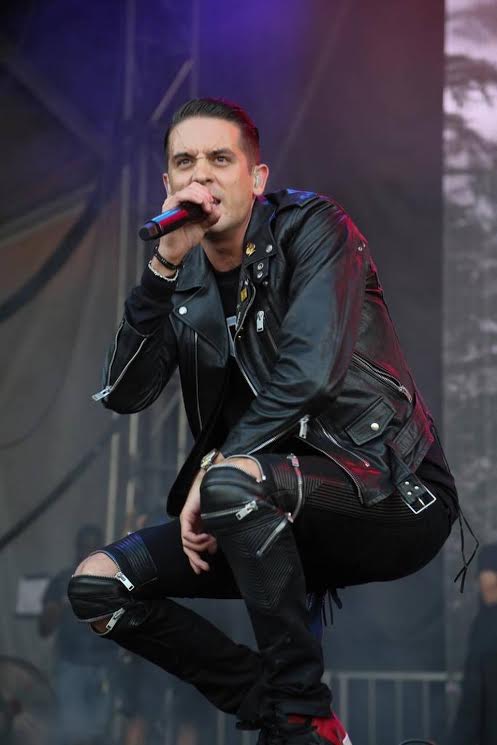By Sean Reis
Production Manager
“Do not go gentle into that good night. Rage, rage against the dying of the light.” Gerald Earl Gillum (G-Eazy) echoed the lines from Welsh writer Dylan Thomas’s iconic poem to introduce “When It’s Dark Out” — the Oakland rapper’s second studio album.
While poetry professors might grumble that Thomas rolled over in his grave when G-Eazy recited the famous villanelle, the lines were the ideal intro for the album.
Released by RCA Records in December 2015, “When It’s Dark Out” is much more than an album. In the hip-hop scene, which has changed so much since the genre’s birth, this album was art, overshadowed by the biggest names in the game who have continued to rap distasteful lyrics over heavy, hyped-up instrumentals.

While hip-hop trio Migos has rapped ridiculousness hit after hit, G-Eazy rapped, “And respect for art will always come first before money and fame” (Track 11: “What If”).
“When It’s Dark Out” tells an actual story — G-Eazy’s story — which, although included alcohol, drugs and sex, was not solely about these vices that tend to comprise the aforementioned distasteful lyrics.
“Me, Myself & I,” featuring Bebe Rexha, has been played on the radio recently, but even that catchy chorus has deeper, poetic meaning. And not only is the biggest G-Eazy hit an allusion to Billie Holiday’s 1937 song, but it also represents the two artists who have begun to sing the old phrase today.
These are only three songs from an absolutely amazing album. From the first to final track, G-Eazy wrote beauty after beauty with help from featured artists, including Big Sean, Chris Brown, Kehlani and many more.
My favorite track from G-Eazy’s artful album is “Sad Boy” because I did not feel like G-Eazy the artist was rapping, but rather like Gerald, the emotional human being, was reciting heartfelt poetry when he asked himself, “Gerald, what you so sad for? Why the hell you got the blues? Everybody wanna be in your shoes.”
Although I would “wanna be in (G-Eazy’s) shoes,” I did not know — nor do I even know now — if I would “wanna be in (Gerald’s) shoes,” because although “When It’s Dark Out” told G-Eazy and Gerald’s story, these two were not always the same person.
“Drifting” is about Gerald’s struggles with commitment and “Everything Will Be OK” describes the hardships Gerald went through before the G-Eazy fame. Gerald had to betray his brother by leaving Oakland to pursue a music career. He also had to accept his mother’s relationship with another woman, who was later lost to depression.
G-Eazy rapped, “This shit is not random. Imagine it, put the hours in and stayed passionate… Pay attention, none of this is happening by accident” (Track 2: “Random”). Gerald deserves the G-Eazy fame. “When It’s Dark Out” is art and truly testimony to why, at only 26 years old, G-Eazy now lives the life of which many will only dream.






